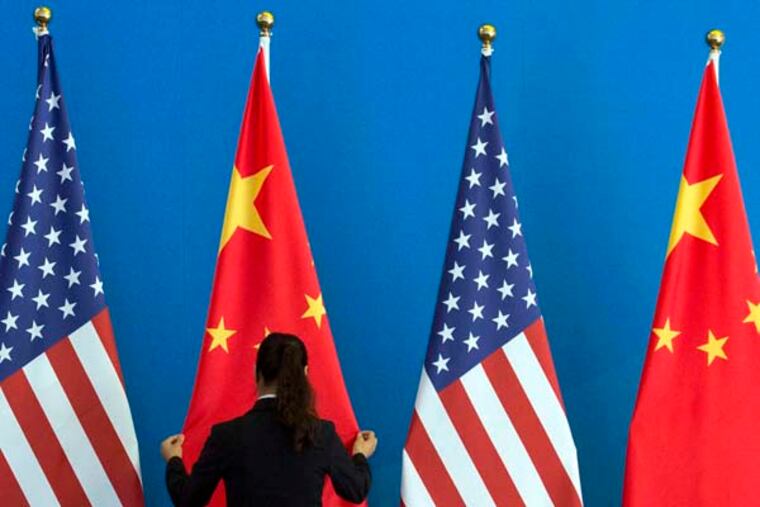Downturn shows how China, for one, cannot control things
Volatility in the stock market has created huge investor angst. But the disorder may have served a positive purpose as we learned some crucial lessons.

Volatility in the stock market has created huge investor angst. But the disorder may have served a positive purpose as we learned some crucial lessons.
As an undergraduate chemistry major, I was taught that nature prefers disorder to order. In economics, that's why we have business cycles.
Extended economic expansions appear to be orderly increases in business activity, but they hide a myriad of underlying problems. When those issues become exposed, disorderly downturns result that create the foundations for the next expansions. That is also why central planning, which attempts to create strict order, fails while markets, which appear to be disorderly, work.
So what does that have to do with the recent equity-market troubles? Simple: What seemed like order in China and at the Fed were actually foundations for turmoil.
Consider China. The stock markets have been gyrating, in part, because of uncertainty over the condition of the Chinese economy. For years, there was this myth that the Chinese central planners could manage their economy perfectly. But underneath the apparent order lurked chaos.
The perceptions about Chinese omniscience were created by years of upbeat economic numbers. More recently, the Chinese data indicated the economy was slowing. But now, people are unsure by how much.
Why the change in attitude toward Chinese data? The belief that the numbers were accurate and not managed has been called into question. Actually, as we all probably recognized for a long time but were unwilling to admit, the figures were always managed, at least to some extent, for political purposes. When reality and image diverged significantly, the truth emerged.
Lesson No. 1: When dealing with countries where control of the data is critical for political purposes, don't take the numbers at face value. Caution is needed when making business or investment decisions based on those data.
The second reason for uncertainty over the state of the Chinese economy stems from the crude and counter-
productive interventions in the markets by the Chinese central planners. Their attempts at control spooked rather than calmed things.
Lesson No. 2: Don't assume government planners, be they in China or anywhere else, know better than the markets.
Hopefully, there is one other critical lesson about China learned from this mess:
Lesson No. 3: China's economic impact on the U.S. economy is less than perceived.
It may be the second-largest world economy, but our exports to China are modest. In 2014, they totaled $124 billion, just 7.5 percent of all exports and only 0.7 percent of GDP.
A major slowdown in China would not directly affect the U.S. economy greatly. If it hurts Asia and Europe, a larger impact is possible, but, barring a major calamity, the effects should not derail the expansion.
Yet a Chinese slowdown could hurt earnings of companies operating there. That would have an impact on stock prices. A Chinese economic slowdown is more an equity-price concern than a U.S. economic-growth issue.
And since we are talking about stock prices versus domestic growth, we now come to the last lesson:
Lesson No. 4: The business cycle has not been repealed, and the Fed cannot forget that.
Market volatility has caused some to argue that the Fed should wait to increase interest rates. That may be the exact wrong reading of the situation: Rate-hike uncertainty, like any uncertainty, is not good for markets or the economy.
The Fed must weigh the risks of delaying rate normalization because of market instability with the need to prepare for the next economic slowdown. The current expansion is more than six years old and has already lasted 15 months longer than the average post-World War II growth cycle.
It could take the Fed two years or longer to normalize rates. If a slowdown occurs before then, the Fed's prime monetary tool - interest-rate cuts - might be limited. The longer the Fed dithers, the greater the risk its policy options will be constrained, increasing the possibility of future economic problems.
The market disorder highlighted issues about Chinese economic management and data and concerns over the Fed's preparedness for the next slowdown. Perceptions about these issues have changed for the better. And that's why good is coming out of the chaos.